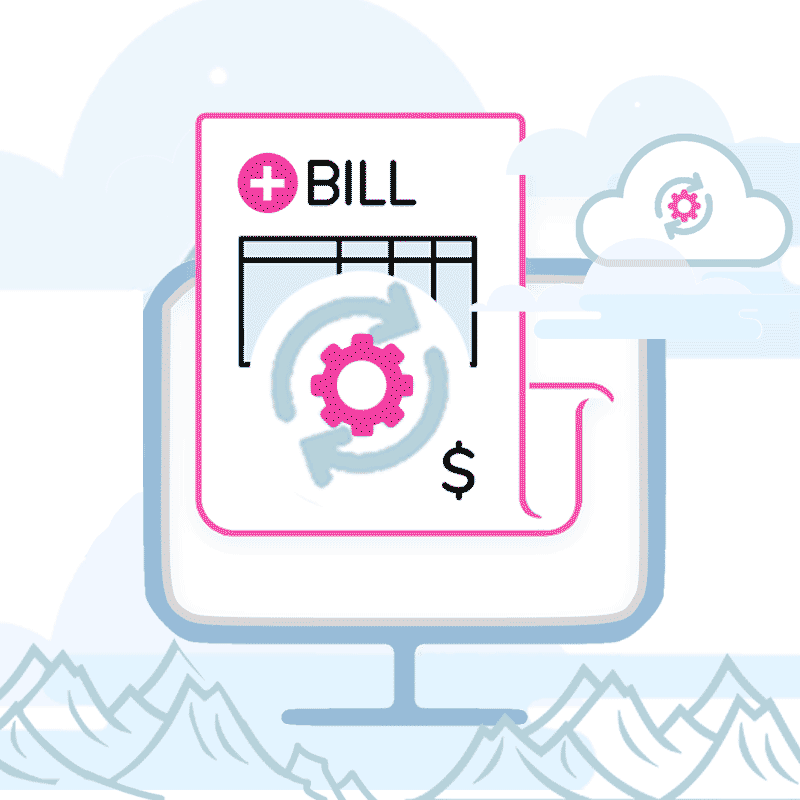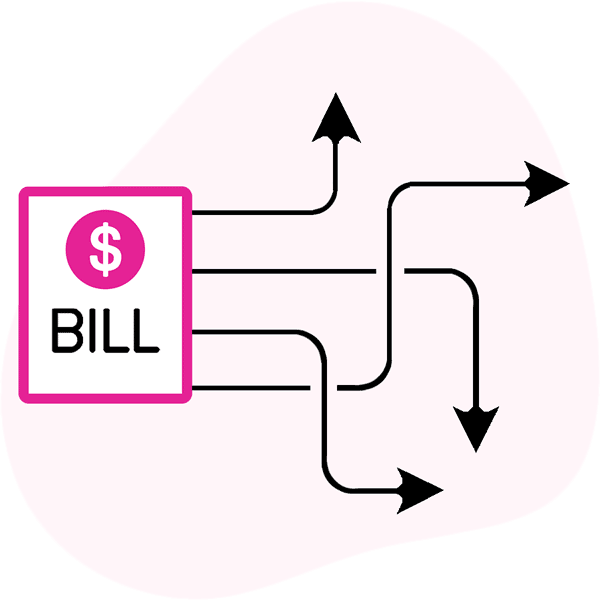CA Employers: Comp Premium Hike Based On Bad Data
.gif)
While most states are lowering employers’ workers’ comp premiums, California is heading in the opposite direction. Insurance Commissioner Ricardo Lara approved a premium rate hike at the request of the Workers’ Compensation Insurance Rating Bureau (WCIRB).
Lara and insurer advocates blame rising “medical” costs. But verifiable data suggest that narrative misleads California employers.
According to the Workers’ Compensation Research Institute (WCRI), California’s workers’ comp fee schedule is among the lowest in the nation, despite the state’s extremely high practice expenses.
Even worse, daisyData from millions of workers’ comp bills confirm that claims administrators routinely pay California providers less than those already-low fee schedule rates.
Since January 1, 2022, daisyBill clients collectively received just 83% of the amount owed under the state fee schedule. Across 7.7 million procedures, our real-time data show:
- $935.9 million - The amount owed to providers per the state fee schedule
- $776.7 million - The amount paid to providers
- $159.1 million - State fee schedule “reimbursement gap”
Unlike the WCIRB’s outdated, self-reported insurer data, these are current, verifiable payment data. These payment data come directly from Explanations of Review (EORs) payers sent to daisyBill providers.
The reality is grim for California employers, injured workers, and providers. Employers’ premiums are going up as payments to doctors remain among the lowest in the country, leaving injured workers struggling to find care.
Real-World Example: 33% State Fee Schedule Paid
Below is an EOR showing that Sedgwick Claims Management Services, Inc. paid a doctor just 33% of the state fee schedule rates for treating an Ocean View School District employee:
Procedure Code |
CPT 99214 (Evaluation and Management) |
Fee Schedule Amount Due |
$207.52 |
Amount Sedgwick Paid |
$67.50 |
Balance Due |
$140.02 |
Fee Schedule % Paid |
33% |
Instead of receiving 154% of the Medicare reimbursement as established by the (low) state fee schedule, this physician received 50% of the Medicare reimbursement.
Ocean View School District should be deeply ashamed of this payment data and its injured workers should be outraged.
daisyBill Public Reimbursement Data
The EOR above is not an isolated example. Our CA State Fee Schedule vs Provider Reimbursement website page features live payment data daisyBill collects, analyzes, and publicizes.
Since January 1, 2022, daisyBill has automatically captured these payment data straight from EORs that claims administrators sent to our providers.
daisyBill technology compares the amount claims administrators pay providers to what they should pay under the state’s fee schedule, down to the individual procedure code, based on the fee schedule rate in effect on the date of service.
These payment data are public, updated daily, and independently verifiable by anyone attempting to figure out where employer premium dollars actually go (hint: not to doctors).
Here’s what the live daisyData show for all the providers in our system, from January 1 2022:
Total Fee Schedule Due |
$935,957,906 - Amount payers owed per the state fee schedule |
Total Amount Paid |
$776,794,955 - Actual amount paid to all daisyBill providers collectively |
Balance Due |
$159,162,950 - Amount that providers lost, mostly to contractual reimbursement discounts |
Fee Schedule % Paid |
83% - Percentage of the total state fee schedule payers reimbursed |
Procedure Count |
7,715,993 - Number of individual services daisyBill analyzed |
Across more than 7.7 million procedures, providers were paid just 83% of what California’s fee schedule deems appropriate.
That missing 17% in provider reimbursement didn’t just vanish. Most of it was siphoned off by Preferred Provider Organization (PPO) discounts, some legitimate, many not.
Lara’s “Medical Costs” Excuse Doesn’t Add Up
Commissioner Lara cited vague increases in “medical treatment and medical-legal costs” to justify raising premiums. But to be clear:
- California providers receive just 83% of already-low fee schedule rates
- Claims administrators and network vendors (and their private equity investors) profit from the reimbursement amounts providers lose
- The WCIRB relies on insurer-supplied “data” that no one can verify
Lara and insurers are selling California employers the same old myth, one that conveniently deflects employers’ attention from how little of their rising premiums go toward actual care of their injured employees.
daisyBill tracks every bill and payment so you can manage revenue strategically. Click below to see how:
TAKE A LOOK: DAISYBILL
DaisyBill provides content as an insightful service to its readers and clients. It does not offer legal advice and cannot guarantee the accuracy or suitability of its content for a particular purpose.





